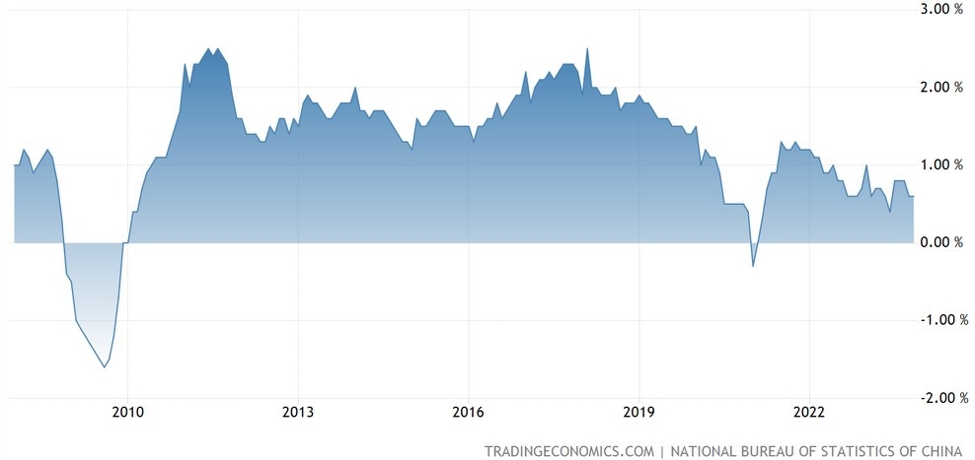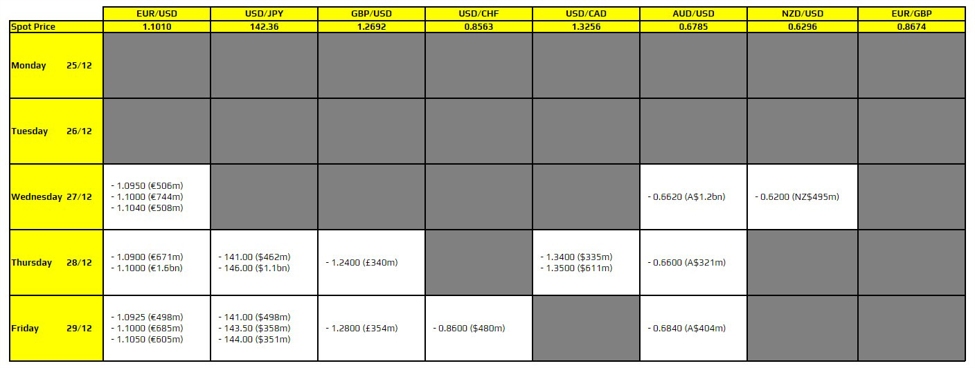Every investor and/or trader in the world will encounter a loss, and mor than once. Here’s a little guide to helping young investors break free from the emotional trap of anchoring to their entry price — and make better portfolio decisions.
“The market doesn’t care where you bought it. The only thing that matters is what you do next.”
Would you still buy it?
The Anchoring Trap: “I’ll Sell When I’m Back at Breakeven”
It’s a common story — especially for newer investors. You buy a stock at $78. It drops to $66. Instead of reassessing, you wait. You think:
“I’ll sell once I’m back to breakeven.”
But here’s the reality: the stock doesn’t know or care where you bought it. And anchoring to your entry price can cost you far more than a paper loss.
This kind of thinking often leads to missed opportunities, larger losses, and poor portfolio hygiene.
Why This Bias Is So Common
-
It feels like losing money is a mistake — so we avoid locking in a loss
-
Getting back to your entry feels like redemption
-
We confuse hope with a plan
But in investing, it’s not about being right — it’s about making good decisions from where you stand today.
Ask the Right Question: Would You Still Buy It Today?
Forget your entry for a moment.
-
If you had no position in this stock, would you be buying it now?
-
Does it still have the upside, valuation, momentum, or long-term growth you believed in?
-
Has something changed — in the company, the market, or your outlook?
Be careful — it’s easy to confuse this logic with simply saying: “Well of course I’d buy it again — it’s cheaper now!”
That’s a mental trap.
Sometimes, without realizing it, you try to justify your previous mistake by pretending the current drop is a gift. You say things like:
But that’s not what we’re talking about.
You’re not trying to validate your past — you’re trying to assess your opportunity right now. Just because the stock is down doesn’t mean it’s a bargain.
Reset Your Analysis: Price Is Just One Input
What matters more is what the fundamentals and the technicals now say, given the updated market environment.
-
Is there new news or macro conditions (e.g., new tariffs) that significantly affect this company’s outlook?
-
Is the company exposed to sensitive areas of the market that might be at risk?
-
Is the technical setup still valid — or has the chart broken down and now retested support as resistance?
You may have thought a certain support level would hold. But it didn’t. You may have believed in a growth trend. But new data says otherwise.
This is the moment where you must restart your analysis — not justify your old one.
And this is easier said than done. Bias is sticky. Even experienced investors carry it. Some less, some more — but no one is immune.
Knowing you have bias isn’t enough. You have to act against it.
Think in Terms of Opportunity Cost
Every dollar tied up in a stock that isn’t working could be used elsewhere.
Even if your stock recovers, the time and capital lost may mean you missed better opportunities.
You don’t get paid for being loyal. You get paid for making good decisions.
How to Let Go of Entry Bias
1. Review the Thesis
Go back to why you bought it. Does that thesis still hold? If not, adjust.
2. Detach Emotion From the Chart
Price is a reflection of buyers and sellers — not your personal history.
3. Avoid Averaging Down Without a Plan
Doubling down on a loser because it’s cheaper now isn’t a plan — it’s hope. Have a thesis, not a wish.
4. Use Partial Exits or Rotations
You don’t have to sell it all. Rotate part of your capital into a higher conviction idea.
A Realistic Reframe: Not Every Investment Works Out
It’s okay to be wrong. It’s not okay to stay wrong because of ego.
Smart investors reassess, adapt, and act. That’s how capital compounds over time.
And sometimes the best move is simply saying:
“This isn’t where I’d put my money today — so I’ll move on.”
Final Thought: Reset Your Mental Clock
You don’t have to hold forever. The best investors reset mentally every time they look at their portfolio.
The key question is never: “Will this get back to where I bought it?”
It’s always: “Is this the best place for my money right now?”
Make decisions based on that — and you’ll start playing a different game entirely.
Read Next:
Brand Transition Note
ForexLive.com is becoming investingLive.com — delivering real-world investing advice for everyday traders and investors.
Looking for Timely Stock Trade Ideas?
Tired of missing great investing trades or getting lost in noisy groups?
InvestingLive Stocks delivers free, focused investing trade ideas right when you need them:
-
S&P 500 & Nasdaq 100 stocks in focus — including large caps & momentum setups
-
Unique investing opportunities you won’t find anywhere else
-
Fast, actionable, noise-free alerts
-
Smart entries + smart exits (buyTheDip setups included)
Join free on Telegram: https://t.me/investingLiveStocks











![5 Ways to Improve Your LinkedIn Marketing Efforts in 2025 [Infographic]](https://whizbuddy.com/wp-content/uploads/2025/01/Z3M6Ly9kaXZlc2l0ZS1zdG9yYWdlL2RpdmVpbWFnZS9saW5rZWRpbl9zdHJhdGVneV9pbmZvMi5wbmc.webp.webp)



